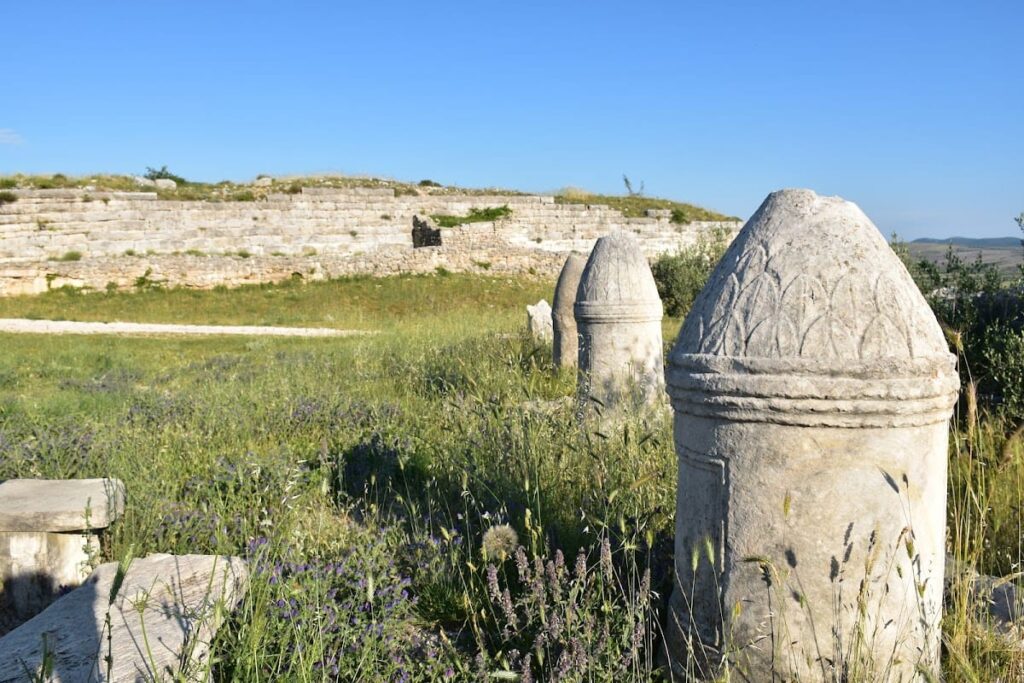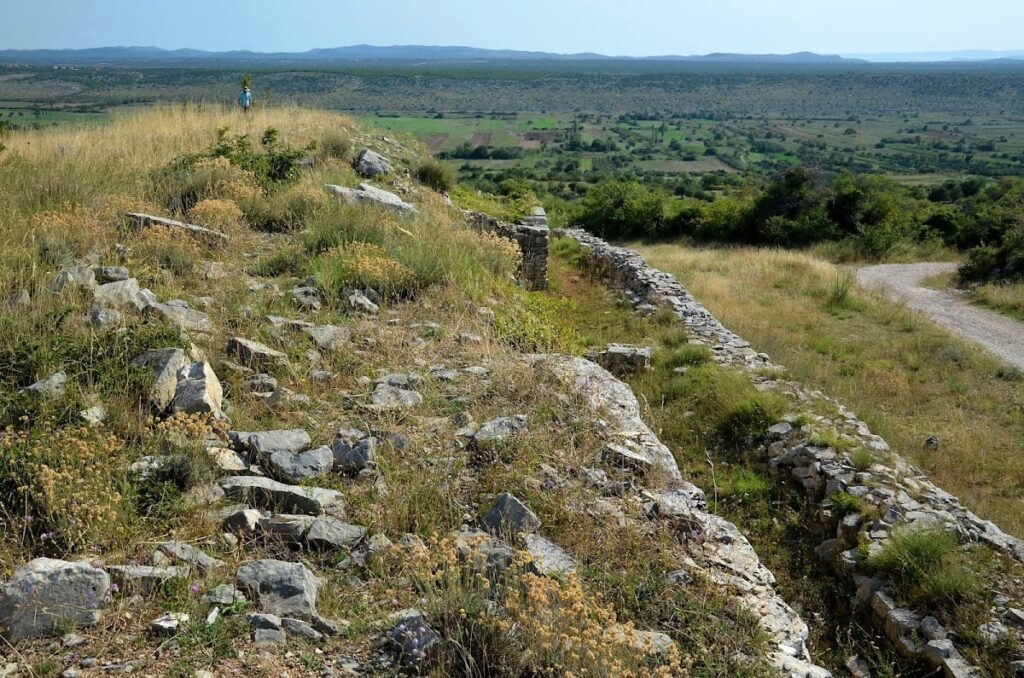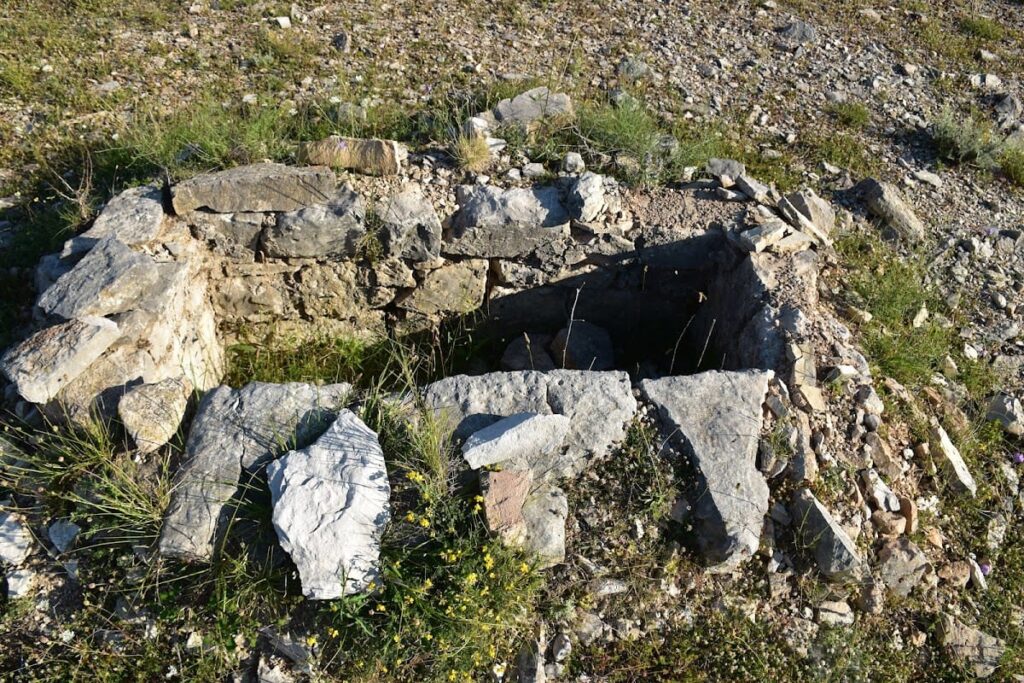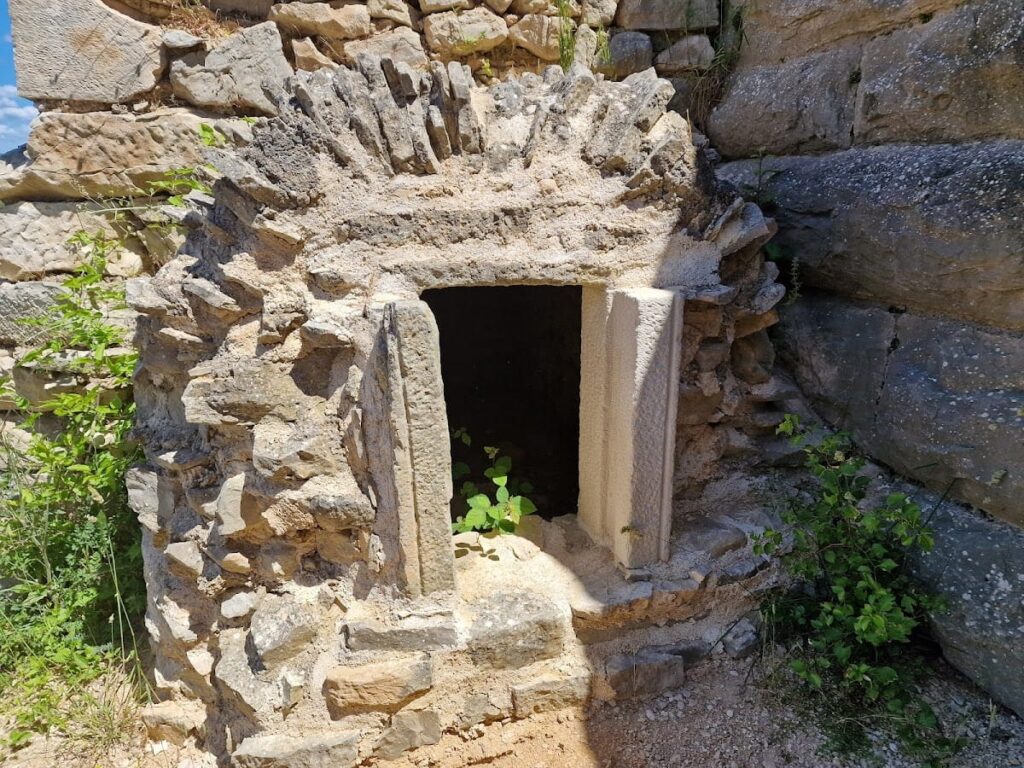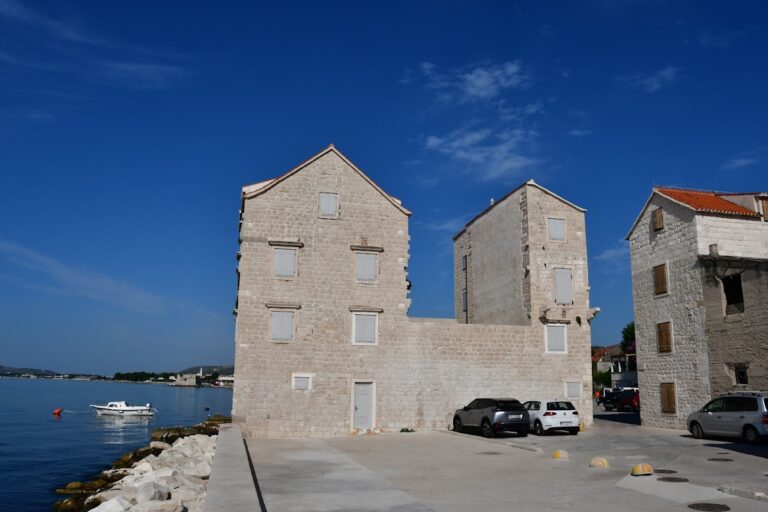Asseria: An Ancient Liburnian and Roman Settlement in Croatia
Visitor Information
Google Rating: 4.6
Popularity: Low
Google Maps: View on Google Maps
Country: Croatia
Civilization: Roman
Remains: City
History
Asseria was originally established as a central settlement for the Asseriates, a tribe inhabiting the southern part of Liburnia, in what is now Podgrađe, Croatia. Before Roman influence, it served as a local center for this indigenous group.
In the 1st century AD, the Romans transformed Asseria into a military post. This change marked the beginning of its integration into the Roman provincial system. The settlement developed into a small town, benefiting from its position on a Roman road connecting the coastal colony of Iader (modern Zadar) with Salona, the provincial capital. This road also linked other towns such as Burnum, Nedinum, and Varvaria, facilitating movement and trade.
Under Emperor Claudius, Asseria likely received the status of municipium, a form of self-governing town within the Roman Empire. It was enrolled in the tribus Claudia, a Roman administrative division. The town’s privileged position is further confirmed by Pliny the Elder, who noted that Asseria was exempt from paying tribute to Rome, indicating special recognition or favor.
During the reign of Emperor Trajan, in 113 AD, a triumphal arch was erected in Asseria. This monument served as a grand city gate and symbolized the town’s importance within the empire.
Throughout its history, Asseria maintained a strong local identity, as seen in the numerous Liburnian funerary monuments called cipus. These stone markers, inscribed with detailed information about the deceased, reflect a continuing tradition of local craftsmanship and cultural expression alongside Roman influence.
Remains
The archaeological site of Asseria reveals a settlement enclosed by fortified walls built before Roman occupation. These walls are made of precisely cut ashlar blocks fitted together without mortar, so tightly that no paper can be inserted between them. Their irregular shape follows the natural terrain, showcasing the skill of the native builders.
The triumphal arch dedicated to Emperor Trajan, dating to 113 AD, stands as a monumental city gate. It is well preserved enough to allow restoration and remains a prominent feature of the site. This arch marks a significant Roman architectural contribution to the town’s defenses and public space.
Excavations have uncovered the layout of a Roman forum and a probable basilica, structures that served as the town’s civic and religious centers. While specific dimensions are not recorded, their presence confirms Asseria’s role as a Roman municipal center.
Water supply was ensured by an aqueduct stretching approximately three kilometers from the spring of Čatrnja near the village of Lisičić. This engineering work provided a reliable source of fresh water to the settlement.
A distinctive feature of Asseria is the collection of Liburnian funerary monuments known as cipus. These cylindrical stones have phallic shapes and are topped with carved pine cones or pine motifs, symbols associated with immortality and protection. The inscriptions on the cipus include names, social ranks, public offices, magical spells, and curses. Many end with a carved skull adorned with scales, a unique decorative element. These monuments highlight the local stonemasonry tradition and remain an important part of the site’s cultural heritage.
Today, the city walls and triumphal arch are preserved sufficiently for restoration and display. The cipus funerary stones are exhibited in the Benkovac museum, while other archaeological finds from Asseria are housed in the Archaeological Museum in Zadar.

